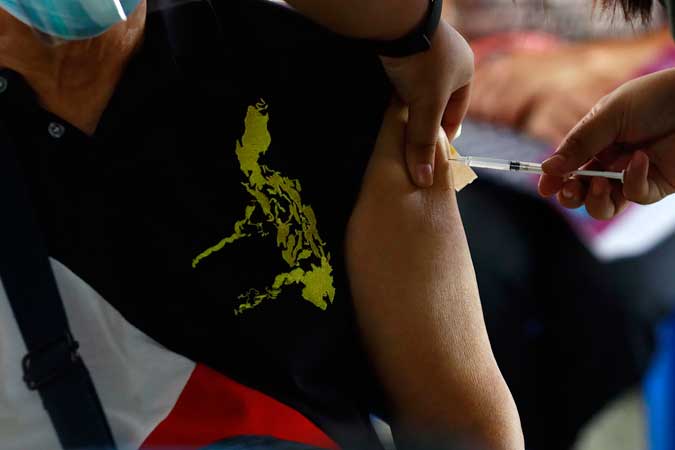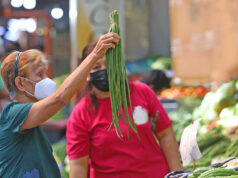PHL among most risk-exposed Asian economies due to slow vaccination

By Luz Wendy T. Noble, Reporter
THE PHILIPPINES’ economic recovery may continue to lag behind its Southeast Asian neighbors this year, due to the sluggish pace of its coronavirus vaccine rollout, according to Paris-based investment bank Natixis.
While some economies that have contained the coronavirus disease 2019 (COVID-19) infections can afford to have a slow vaccination drive, Natixis Asia Pacific Chief Economist Alicia Garcia-Herrero said the Philippines, Thailand and Malaysia could face risks due to their dependence on international mobility and the coronavirus surge.
“Indonesia, Thailand, Taiwan, the Philippines, and Vietnam have still failed to acquire the necessary dosages for mass immunization. That said, demand remains weak from the public,” she said in a note.
ING Bank N.V. Manila Senior Economist Nicholas Antonio T. Mapa said mass vaccination is crucial in reviving consumer confidence, as many live in fear of getting COVID-19.
“Vaccinations will help improve consumer sentiment as Filipinos will be confident to go out without fear of catching COVID-19. This in turn will boost spending but we will need to achieve herd immunity before this happens,” Mr. Mapa said in an e-mail.
Consumption makes up 70% of the Philippine economy. Household spending continued to shrink in the first quarter, with a 4.8% decline.
Based on the countries’ track record in virus containment, Ms. Garcia-Herrero said they deemed the Philippines as “worst” and is followed by Indonesia.
The Philippines and Indonesia have both recorded over one million COVID-19 infections. However, the Philippines has more cases per one million compared with Indonesia.
As of Wednesday, the Philippines reported 4,487 new COVID-19 cases, with the total now at 1,149,925.
Based on data from the Johns Hopkins University, Indonesia has fully vaccinated 9.09 million, which is equivalent to 3.36% of its population. In the Philippines, only 0.63% have received two doses so far.
The Health department said more than 2.5 million have already received a vaccine dose in the Philippines as of May 18. Among them, 786,528 have gotten two vaccine doses.
At its current vaccination pace of 67,780 average doses per day, Bloomberg estimates that the Philippines will be able to vaccinate 75% of its population after 6.4 years.
“The Philippines and Thailand cannot even speed up the drive due to supply constraints,” Ms. Garcia-Herrero said in a note.
Aside from lack of vaccine supply, countries also have to deal with vaccine hesitancy.
“Skepticism over the newly developed vaccines seems to be a common reason for the hesitance globally. But it is even more so in Asia where a more effective containment has led to a lower sense of urgency,” she said.
In terms of dependence on international mobility, Ms. Garcia-Herrero said the Philippines and Thailand are the most vulnerable.
“The broader economic reopening in the West that is built upon a much faster vaccine rollout, especially for the US and increasingly for the European, could add to the divergence, making Asia look more fragile on its path to recovery and less favorable as an investment option,” she said.
Vaccination will be a crucial factor in economic recovery but other policies can still be adopted given the slow pace, Mr. Mapa said.
“Authorities can pour money into virus mitigation and expand the capacity of the public health sector to handle a spike in cases,” he said.
The government targets to inoculate as many as 70 million adult Filipinos by end-November. Vaccination efforts are currently focused in the National Capital Region and nearby provinces, which saw a surge in COVID-19 cases in March.



